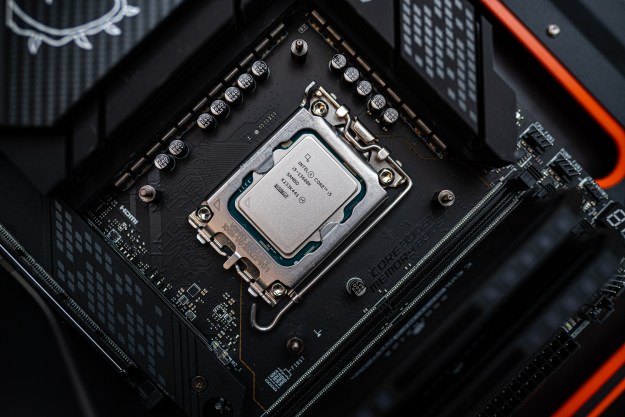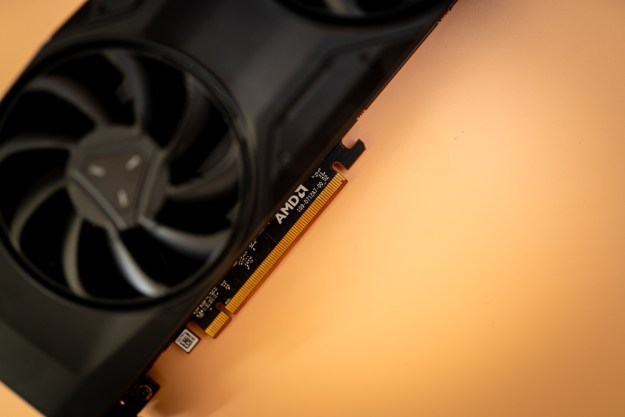Liberal political action group MoveOn.org is organizing a petition drive against America Online’s certified email service, whereby advertisers could pay a per-message fee to guarantee their messages will bypass AOL’s spam filtering technologies and be delivered directly to AOL users. Claiming the service amounts to an “email tax” by granting large email senders preferential access to AOL users mailboxes, while leaving other email users (like small businesses, friends, family members, charities, and co-workers) in the dark, wondering if their mail will get through.
Along with AOL, Yahoo is also considering allowing large emailers to pay to bypass the company’s spam filtering and access its users directly; in both cases, the service would be operated by Goodmail Systems.
Moveon.Org plans a news conference for Tuesday, February 28, where it plans to announce a number of organizations have joined in opposing the pay-to-send plan, including both liberal and conservative political groups, nonprofits, businesses, and Internet advocacy groups. Already publicly onboard is Craig Newmark, founder of the increasingly influential Craigslist online classified ad service.
AOL and supports of the pay-to-send system argue the system will actually make things simpler for consumers: large emailers and brands who are seeing their communications with customers eroded by online fraud and phishing schemes can ensure their legitimate email reached customers, and customers, in turn, would be exposed to fewer fraudulent or malicious messages, and be able to recognize mail certified legitimate by Yahoo or AOL when they see it.
Others have criticized the move as cynical, arguing it’s against common interest for large providers like AOL and Yahoo to work on providing bypass routes for paying customers rather than improving antispam and antiphishing technologies for the users. MoveOn.org notes: “The moment AOL switches to a world where giant emailers pay for preferential treatment, AOL faces this internal choice: spend money to keep spam filters up-to-date so legitimate email isn’t identified as spam, or make money by neglecting their spam filters and pushing more senders to pay for guaranteed delivery. Which do you think they’ll choose?”
Editors' Recommendations
- How to schedule an email in Outlook for Mac, Windows, and web
- How to back up emails in Outlook on Windows and Mac
- The White House just warned against using these popular programming languages
- How to unsubscribe from unwanted emails and newsletters
- The 5 best tax software suites for individuals in 2024


